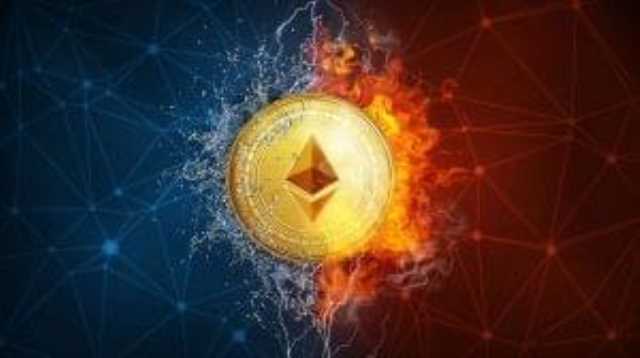
This causes the results in the blockchain to break, which then exposes the tampering attempt. Each block of data in the blockchain has a pointer pointing to What is Blockchain the block before it, and each block is being pointed to by the block after it. The one exception is the first block, known as the genesis block or Block 0.
- That transaction is then sent out to other computers, or “nodes,” in the network.
- We hope this guide gave you the confidence to have conversations with friends and acquaintances about the blockchain and that it demystified and simplified an often scary topic.
- Hospitals are integrating the blockchain to help track medical record data and improve their accuracy.
- Despite this, enterprises are continuing to invest in blockchain and its applications, most notably through the rise of NFTs and the NFT marketplace.
- Smart contracts are typically deployed on blockchain platforms, which provide the necessary security and transparency for their execution.
- If a hacker group wanted to manipulate any transaction on a blockchain, they would have to break into the device of every single network contributor around the world and change all records to show the same thing.
Private Blockchains
This places restrictions on who is allowed to participate in the network and in what transactions. The faster information is received and the more accurate it is, the better. Blockchain is ideal for delivering that information because it provides immediate, shared, and observable information that is stored on an immutable ledger that only permissioned network members can access. A blockchain network can track orders, payments, accounts, production and much more.

Blockchain, digital currency, cryptocurrency and Bitcoin explained

For example, the Ethereum blockchain is a record of all ether transactions that have ever taken place. So if there are updates that need to be made around a previous transaction, rather than going back to the initial data, a new record is made about the change. In the old days, transactions were tracked in written ledgers and stored in financial institutions.
How is blockchain related to bitcoin?
- Still, purchases with blockchain currencies such as Bitcoin remain the exception, not the rule.
- Our partners cannot pay us to guarantee favorable reviews of their products or services.
- Since Bitcoin’s introduction in 2009, blockchain uses have exploded via the creation of various cryptocurrencies, decentralized finance (DeFi) applications, non-fungible tokens (NFTs), and smart contracts.
- Consensus on data accuracy is required from all network members, and all validated transactions are immutable because they are recorded permanently.
- Bitcoin and Etherum are the two biggest cryptocurrencies and blockchains, so discussing and comparing them makes sense.
– The fact that all data stored within blockchains are immutable has game-changing security implications. It’s no longer possible for malicious centralized https://www.tokenexus.com/ parties to tamper with crucial data. Like Bitcoin, it uses nodes and allows users to send and receive cryptocurrency—in this case, Ether.
- On the other hand, in Proof of Authority (PoA), validators are identified by their reputation or identity rather than the amount of cryptocurrency they hold.
- Blockchains are becoming an increasingly important part of how we live, work and interact with our digital information.
- This makes the blockchain different from financial institutions like banks, because banks have control over transactions.
- Every node has its own copy of the blockchain and the network must algorithmically approve any newly mined block for the chain to be updated, trusted and verified.
- These digital assets are contained within blockchains and are completely unique.
- For example, Walmart used blockchain to trace the source of sliced mangoes in seconds.
Future Scope of Blockchain Technology
